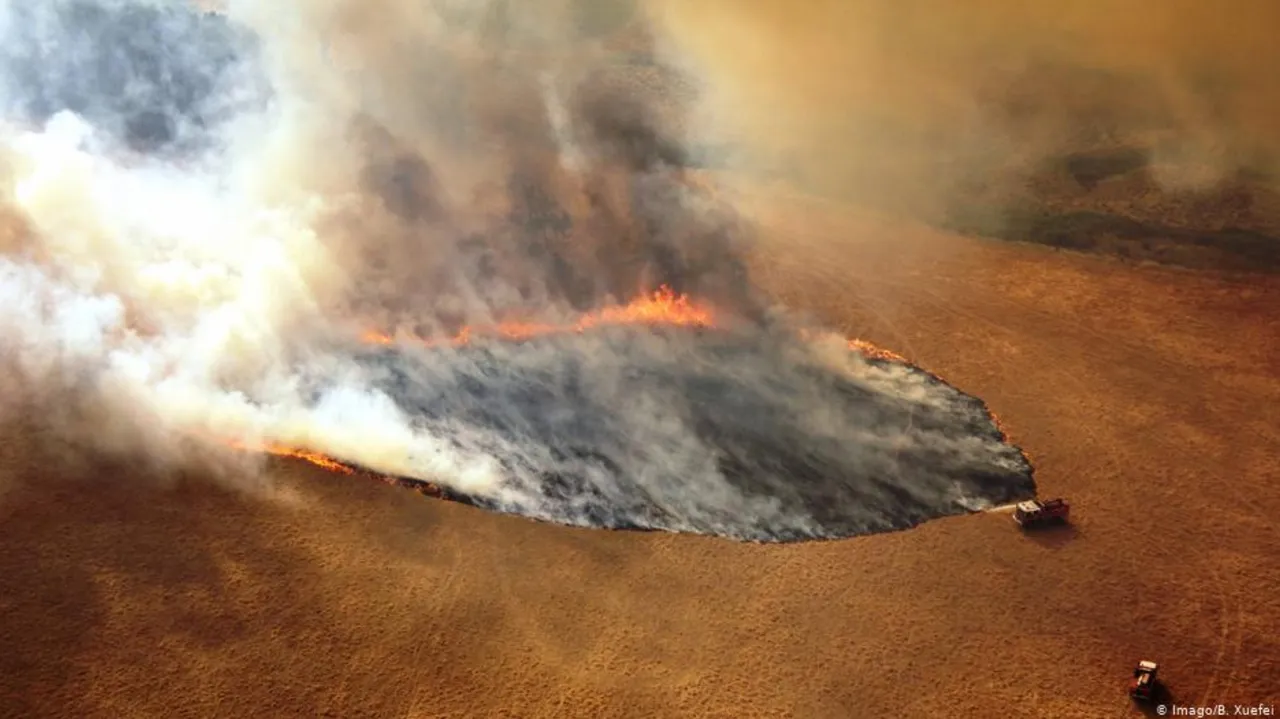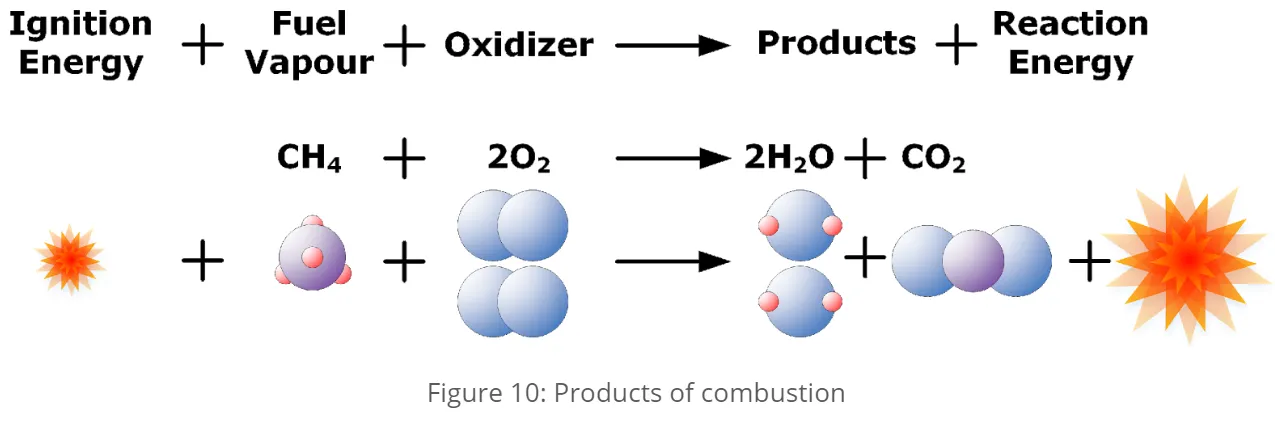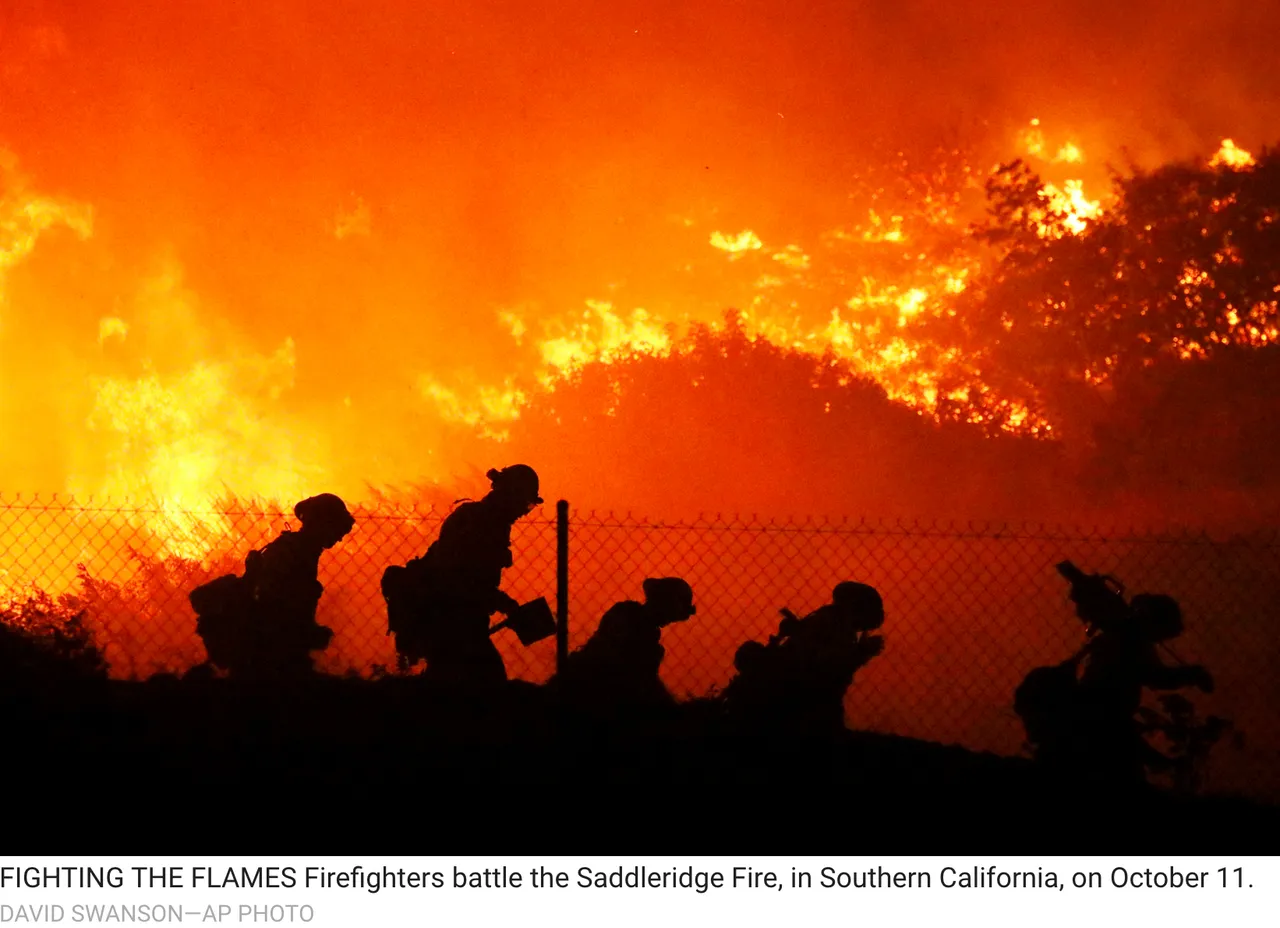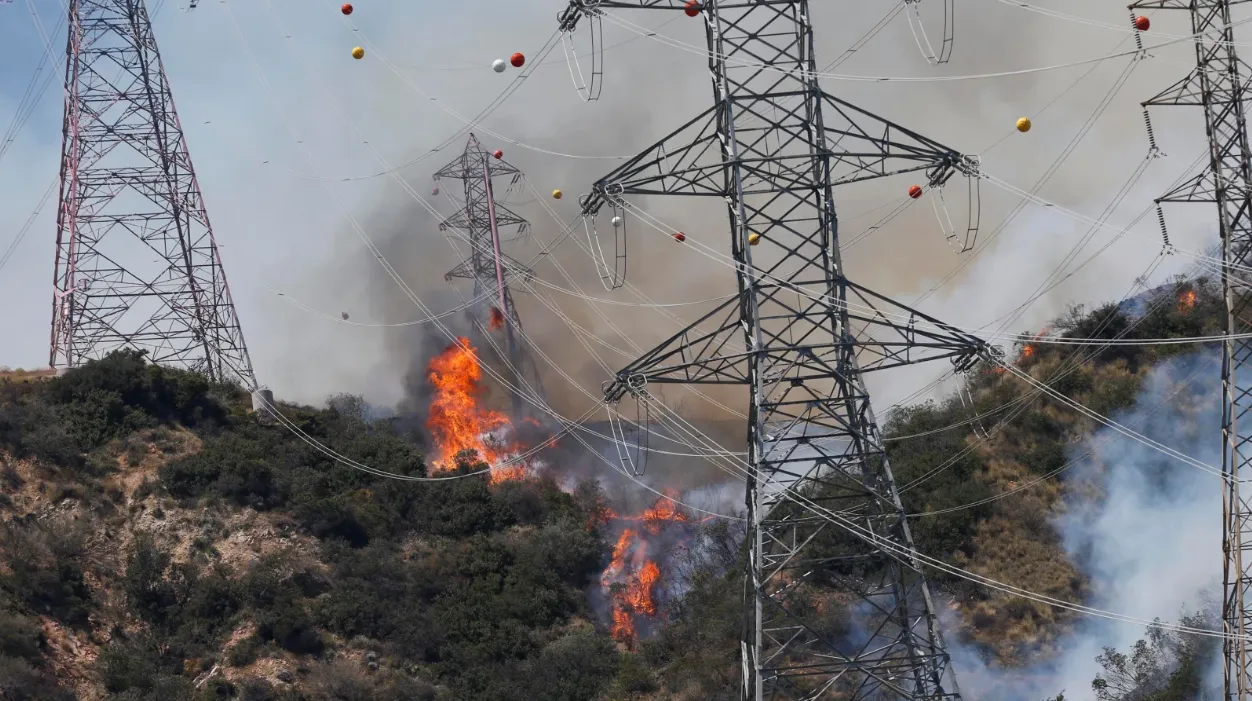History repeats itself when we lose the original message. Time and complacency distort it as it passes from one generation to another.
We get tired of repeating the same thing over and over again. We don't want to indefinitely defend the purpose of a trained behavior to people that don't want to listen or take the time to understand. And when we chose to ignore wisdom passed from generation to generation, we sometimes reap what we sow.
The message, in this case, refers to fire prevention and mitigation. In at least two places on this planet, poor land management and behaviors led to wildfires nearly uncontrollable in one area of the world. In another part, poor land management leads to a raging inferno that covered a continent. We speak, of course, of California in the United States and Australia.
Introduction

Image by Robert Fotograf from Pixabay
Welcome again, fellow Steemians, to another chapter in our Environmental Impacts series. We build upon our topic of Wildfires to discuss some lessons already available to the countries impacted. The information was there, and we just chose not to pay attention to it. In some cases, we actively decided to fight the solution.
Fire Tetrahedron 
OSHA
There is an importance in understanding the basics. In this section, we discuss the fire tetrahedron. It is a safety and fire protection industry representation of the components needed for a fire to occur. Remove one, just one element, and the fire ends (NFPA).
During my time on a submarine, the military continuously trained us on this concept while on sea duty. The speed and destruction possible with the onset of fire required our complete attention.
Oxygen
Oxygen makes up approximately 20% of the air we breathe. Oxygen sustains the burning cycle and must be present for combustion to occur.
Fuel
Fuel is anything that can burn (NFPA). In this case of this article, it includes any plant life located in the dry, arid, and hot climates one can experience in California or Australia.
Heat
Heat perpetuates the fire allowing it to spread in desired conditions. If, for instance, Australia maintained artic temperatures, any fire that starts would only be local. It would not likely spread further than where it originates because the heat would dissipate too quickly.
Chemical Reactions
When the proper conditions exist, the combination of the fire elements propagates a reaction that allows for combustion (Fundamentals). It is combustion that represents the chemical reactions occurring within a fire.
California
Given the information we covered, it seems evident that all we need to prevent a fire is to remove one component of the equation. How far do we go, I wonder, to achieve this goal? Should we walk into California and remove ALL plant life to prevent an inferno from occurring?
Clearly, no, but the point is that we must do what's necessary before doing things by any means necessary. Therein lies the problem presented in this blog. No one agrees on what is acceptable.
Land Management
The USDA, in its 2017 Aerial Survey on California, reported that over 2.5 million "acres with mortality" and 26.8 million "dead trees" (USDA). The estimate is high and unexpected to a layperson like myself. Considering the potential for wildfires in this state, I would imagine we'd want to remove, if even possible, as much of the fuel as possible. What is surprising is how much controversy comes about from removing this fuel. Some say that environmentalists and dysfunctional governance are a cause of California wildfires; Others state the corporations are to blame. I say they both need to work together.
Pacific Gas & Electric
It's the company that Californian's love to hate. Perhaps, however, the hate is not without its reasons. The company has had its issues in the past couple of decades. The earliest, in my mind, was Erin Brockovich and the landmark case against PG&E. You can read about the fate of Hinkley, California, in Vice's article (VICE).
Nowadays, the spotlight is upon PG&E following thousands of fires across the state.
PG&E owns thousands of miles of transmission lines over areas of California. Its equipment contributed to over 1500 fires between 2014 and 2017 (Business Insider). PG&E's ascribed culpability landed it in bankruptcy court to force restructuring and improve fire response. Their current Public Safety Power Shutoff (PSPS) program is one result of their restructuring (PG&E PSPS Info).
Environmentalism
It's difficult to cast all the blame of fires upon Environmentalists when PG&E itself says they could have done a better job in some instances. It is difficult, but not impossible. I have read dozens upon dozens of articles casting sole blame of any wrong-doing upon PG&E and "downed" equipment. They rarely mention the cause of the downed material. However, it isn't the only problem. What do we do about land management?
Environmental groups fight vehemently to prevent the destruction of the natural landscape (Forbes). I don't' believe they do so blindly. They are expressing their concerns and want to prevent making these areas barren. However, I do think a re-focus of their tactics are in order. Forests require maintenance to protect not only the ecosystem but also the human population that resides around it.
The approach by the state government doesn't help either. Dedicating more resources, or petitioning the government for smarter aid, would assist in clearing out unnecessary fuel from the path of a potential fire.
While PG&E continues its PSPS process through the use of risk analysis, we should ask ourselves, as well as our politicians, to work with environmentalists and utilities to make the process of land management as efficient as possible (Forbes). Come to a decision about the process and then follow through with it. Be proactive instead of reactive.
Australia
Land Management
When it comes to wildfire prevention, the greatest tool is to implement the tested and proven aborigine methods. Unfortunately, it isn't straightforward to carry out actions that are not familiar unless you are an aborigine (CNN). Controlled burns at small-to-medium scales are effective enough to provide fire breaks in areas with fuel and debris present.
Dysfunctional Governance
Australia's prime minister claims that fires existed "since time began." There is truth to his statement, but one should never make a point like that when evidence exists that a country could do better (Telegraph).

7News
A prime minister also taking a family vacation to Hawaii while his country is burning is outrageous (Telegraph).
In Closing
Theoretically, assigning Climate Change as a cause of fires in California and Australia makes sense. Higher temperatures, dryer air, and a windy climate provide ideal conditions to sustain a flame. The operative word here is "sustain." It will allow for the heat of a fire to spread, but it does not cause the combustion reaction. It does not cause combustion.
In many cases, applying to both California and Australia's crises, poor human practices started the fires, and poor land management exacerbated them. California fires started by PG&E equipment spread because of poor land management. Similarly, in Australia, citizens started many fires that spread because of the abundance of dry fuel.
Once fires in these areas began, history proved it was impossible to suppress because of all the available fuel. It appears that the best course of action is continuous proactive actions by both California and Australia. The Australian aborigines practiced fire prevention measures for millennia. All areas subject to the same environmental conditions should do the same.













